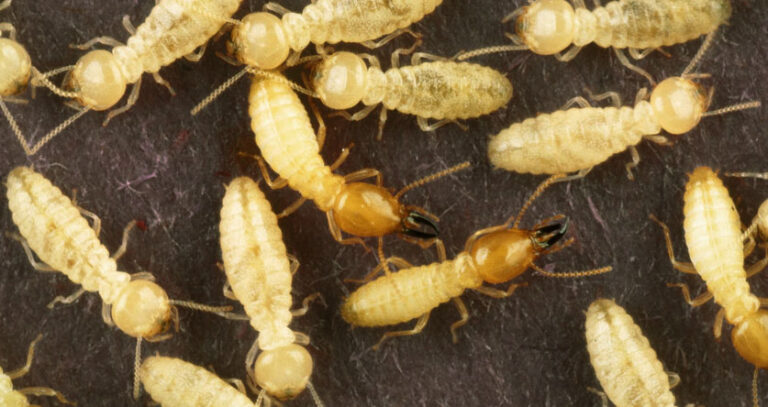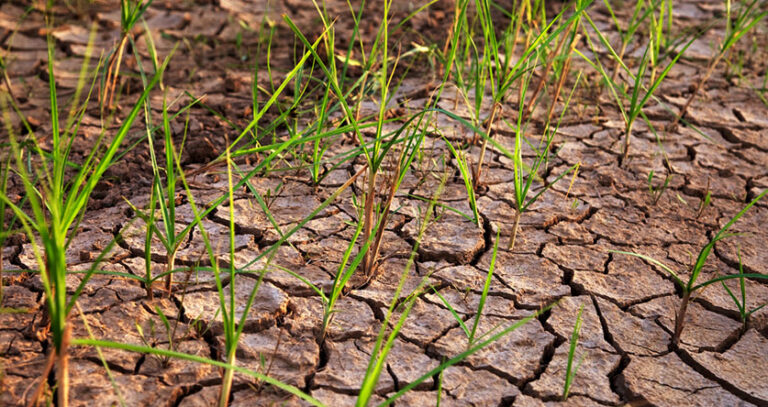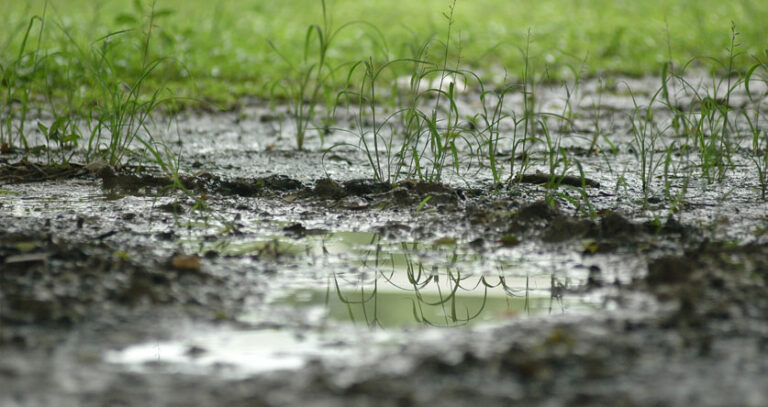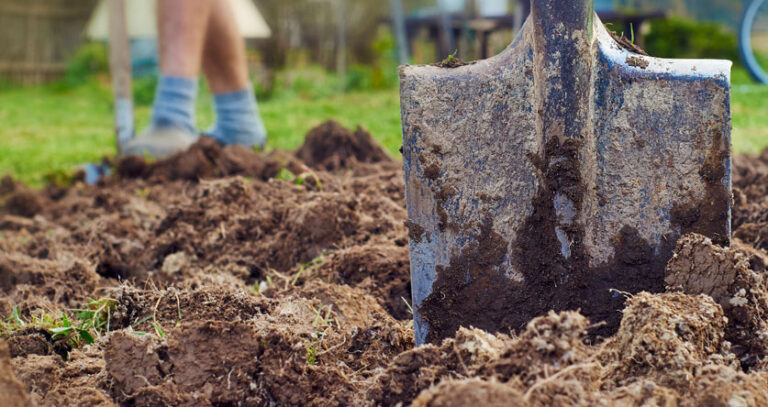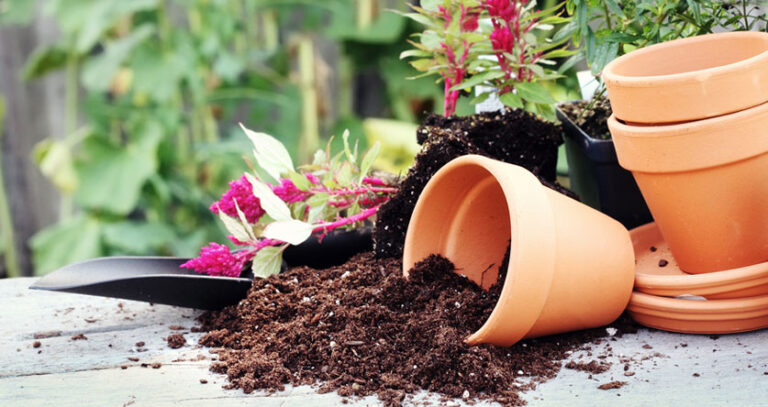How Does Green Manure Improve Soil Fertility?
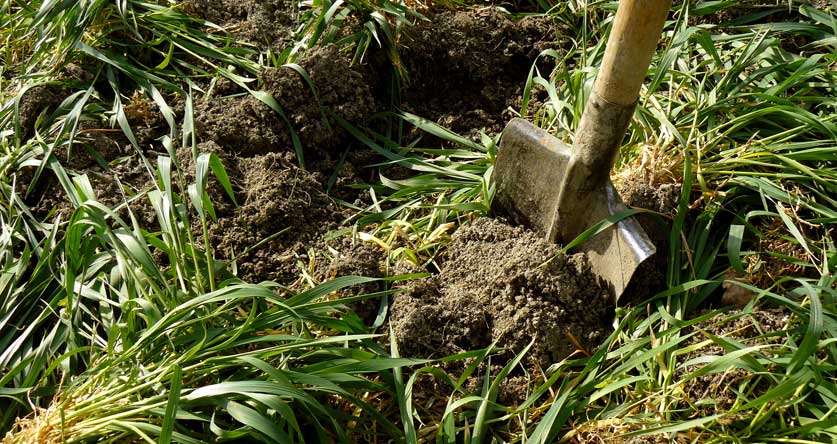
Improving your soil fertility is essential to producing healthy and productive plants.
And green manure is seen as an organic alternative to compost and commercial fertilizer.
But how does green manure increase soil fertility, and why should you use this method?
How Green Manure Improves Soil Fertility
Green manure is living plant material dug into the soil to improve soil aeration and water retention and replenish nitrogen. Green manure can be a crop grown explicitly for this purpose or plants extracted from elsewhere in the garden and turned into the upper layers of the soil.
Understandably, the green manure method raises some questions for gardeners unfamiliar with this practice. For example, what plants make the best green manure, how does it improve the soil, and is it an effective method of improving fertility?
So What Is Green Manure? (Cover Crops)
Green manure can be obtained in various ways, including intentionally growing a crop for this purpose.
The material can also be uprooted plants from your garden or a crop that you turn into the soil to provide nutrients for the next crop in the following season.
However, take care not to use diseased plants since they can quickly introduce disease to your beds, allowing it to spread to the next crop you plant.
Green manure is also sometimes called a cover crop when a crop is planted for the express purpose of digging it into the soil once the plants mature.
How Does Green Manure Work?
As the manure plants grow, they absorb nutrients from the soil and store these nutrients in the structure and cells of the plant.
When these green plants are turned into the soil, they decompose and release the stored nutrients back into the ground in a format that other plants absorb more easily. The decomposing material also adds organic material to improve drainage and water retention.
Note: this technique works on the same principles as “trench composting” or “in-ground composting” also referred to as the “dig and drop” method)
What Are The Effects Of Green Manure On Soil Fertility?
Green manure does not include animal manure of any kind, despite the confusion caused by its name. Decomposing green waste plants have several effects on the soil, which help to improve fertility for subsequent crops.
Green manure improves soil fertility by the following methods.
- Increases soil aeration. Oxygen in the soil is vital for healthy root growth.
- Increases water retention of the soil. This characteristic helps retain moisture for other plants and prevents nutrients from leaching from the earth.
- Increases beneficial soil microbes and fauna. Green manure creates an environment that attracts beneficial microbes, fungi, and worms that help improve soil quality.
- Returns nutrients, including nitrogen, to garden beds. The nutrients stored in the cover crop are slowly released back into the soil in a more accessible form for subsequent crops.
How To Use Green Manure Crops
Green manure plants can be grown in a garden bed during a fallow season or can be grown in between other plants during the growing season.
The green crop is then turned into your garden beds as soon as it achieves the right size to provide slow-release nutrients for the other plants during the growing season.
When To Dig In Green Manure Crop
The best time to dig green manure plants into the earth is before the crop reaches maturity. This is because the plant’s leaves and stems are still green and soft at this growth stage and break down quickly.
Waiting too long will result in the stems becoming woody and taking longer to break down.
Cover crops grown on fallow ground or during the off-season will restore the soil fertility in preparation for the next season’s crop.
Tell me… Which Plants Are Best For Green Manure?
Wide plant varieties make good green manure, but some are more appropriate for farmers planting on a large scale rather than a single gardener looking to cover a small garden bed.
The most popular green manure plants are in the legume family because of their nitrogen-fixing ability.
The following plants are commonly used as green manure.
- Alfalfa
- Clover, crimson clover being the best.
- Buckwheat
- Fenugreek
- Rye
- Mustard
- Phacelia
- Winter tares
Disadvantages And Advantages Of Green Manure
As with any gardening practice, there are advantages and some drawbacks associated with green manure.
The benefits of green manure include the following:
- Soil fertility improvement
- Weed suppression
- Prevention of soil erosion and nutrient leaching
- Encouraging beneficial soil organisms
The less desirable outcomes include the following:
- Additional time and effort to take care of the crop
- Extra water usage – the cover crop must be watered
- The attraction of unwanted pests and diseases
- If mustard is used as a cover crop, other brassicas must not be planted after the green manure crop
Conclusion
Overall, green manure is a practical, organic method of improving soil fertility. Still, it is a technique that requires additional effort can care from the gardener.
Cover crops require maintenance and resources, and the plant must be turned into the soil at the right time to be effective. Most gardeners see this method as too labor-intensive on a small scale, but green manure works well if you can put in the required time and effort 🙂


